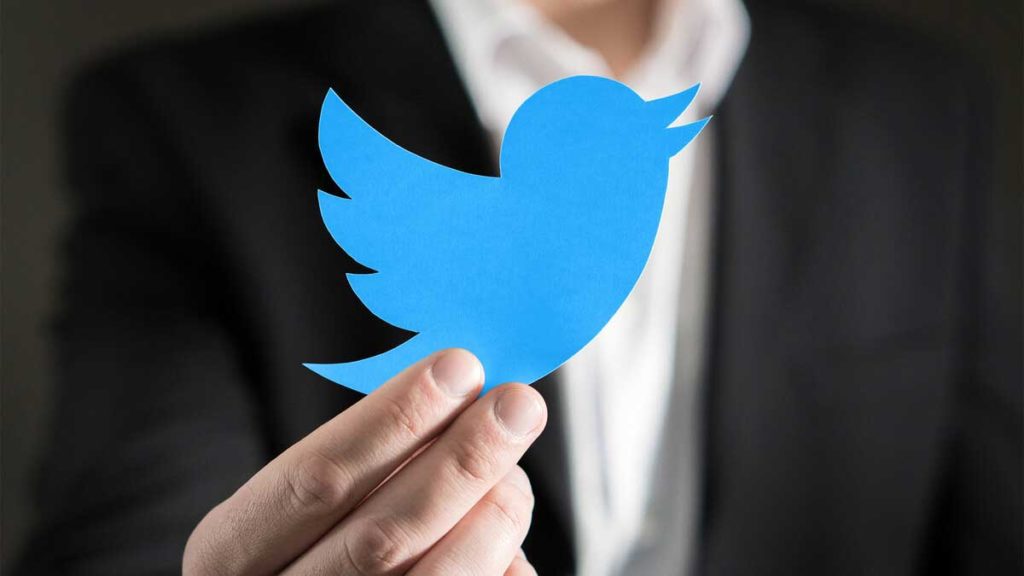
Blue checkmark feature came out after a lawsuit has been filed by Anthony La Russa against the company on May 6, 2009, in the Superior Court of California/ County of San Francisco. La Russa had been suing the company for someone who was pretending to be him. The causes of the lawsuit included trademark infringement, trademark dilution, cybersquatting, misappropriation of name and likeness, invasion of privacy, and intentional misrepresentation. After this lawsuit, Twitter became the first platform to introduce account verification.
Back to July 19, 2016, Twitter allowed anyone to request a verification but users had to convince the company about the reasons why they want their account to be verified. Twitter verification required a photo, a verified phone number, and an email address.
After being on hold since 2017, Twitter is working on getting the “Request verification” back. On June 7, 2020, engineer Jane Manchun Wong posted a tweet about the account verification. In fact, she was able to see a new section “Personal Information” when she clicks on “Settings” in her Twitter account. This section will be used later on for requesting account verification.
Twitter paused the verification system three years ago. However, it has been verifying some accounts including the CEO’s mother, Marcia Dorsey. In fact, on November 7, 2017, the company verified an account belonging to Jason Kessler, an organizer behind the far-right Unite the Right protest according to The Verge. The company faced criticism regarding the verification. On November 9, Twitter said, “Verification was meant to authenticate identity & voice but it is interpreted as an endorsement or an indicator of importance. We recognize that we have created this confusion and need to resolve it. We have paused all general verifications while we work and will report soon.” Twitter declared that they are working on a new system while conducting a review of verified accounts. In addition to that, the company will remove the blue checkmark from those whose behavior does not fall within these new guidelines.
In a Periscope Livestream on May 8, 2018, Twitter CEO Jack Dorsey said that the company’s intention is to open verification for everyone. The plan is to implement verification in a way that is scalable where Twitter does not have to be the judge or imply any bias on its part.
Kayvon Beykpour, product lead at Twitter said on July 18, 2018, that Twitter is still verifying accounts ad hoc when they think it serves the public conversation and is in line with the company’s policy. The blue checkmark was not a priority back then. “Our team is focused on information quality ahead of the elections- our highest priority within the Health roadmap,” said Beykpour. In fact, he referred in his Tweet to an email sent on July 11 under the subject “Verification/Blue Check update”. “We’re already doing too many things, and focusing on this now will slow down and lessen the quality of our work on more important areas like Elections Integrity,” states the email.
As part of Twitter’s mission to prevent misinformation about the 2020 US elections from spreading on its platform, the company introduced labels to US candidate’s profiles and tweets for the 2020 US elections. Ballotpedia, the online encyclopedia of American politics and elections, collaborates with Twitter to identify 2020 election candidates. This step will help twitter users to assume that those posts are genuinely from that person or his team. These labels will be available for candidates running for the US House of Representatives, US Senate, or for a state governorship, as long as they have qualified for the general election ballot.
Back to May 23, 2018, Twitter introduced US Election labels for Midterm Candidates. These labels contained information about the candidate including the office they are running for, the state the office is located in, district number, and will be clearly identifiable with a small icon of a government building. These labels were set to appear after May 30, 2018.
Recently, Twitter has been working with global public health authorities to identify experts that are providing a credible update about Covid-19. On March 2020, Twitter published a thread talking about verification for Covid-19. “We are prioritizing Verification for Twitter accounts that have an email address associated with an authoritative organization or institution. Twitter asked health officials to ensure that bio references and links to the institution that they are working with are included in the Twitter account. Accounts are only eligible for verification if they follow the Twitter Rules including specific guidance’s around Covid-19.
How to get a verified account on Twitter? Some people got their accounts verified without any steps- no application, nothing. However, in January 2020, Twitter CEO Jack Dorsey released the secret in a video published by Wired on YouTube which included the following: “There’s a guy named Kayvon, and he handles all the verification, which is the blue checkmark. So, if you either DM him, or mention him, you have a high probability of getting a blue checkmark. So it’s @K-A-Y-V-Z. Verification, he’s the verification god. So just go to him and he’ll get you sorted”. But, it seems that Dorsey was playing a little prank on his colleague.
For some users, having a verified account on Twitter would be the goal of the year. However, what about their right to freedom of expression? Twitter has been deleting some accounts that do not adhere to its rules and fact-checks have been applied especially for verified accounts. Recently, Twitter labeled US President Donald Trump tweets on mail-in voting as ‘misleading information’. The company’s move is based on the “Defining public interest on Twitter” notice published on June 27, 2019. This notice applies to accounts that represent a government/elected official, that are verified, and have more than 100,000 followers. By getting the verification request back, this notice will apply to a wide range of accounts. Thus, the debate of having Twitter executing a form of censorship on users will again be under scrutiny.